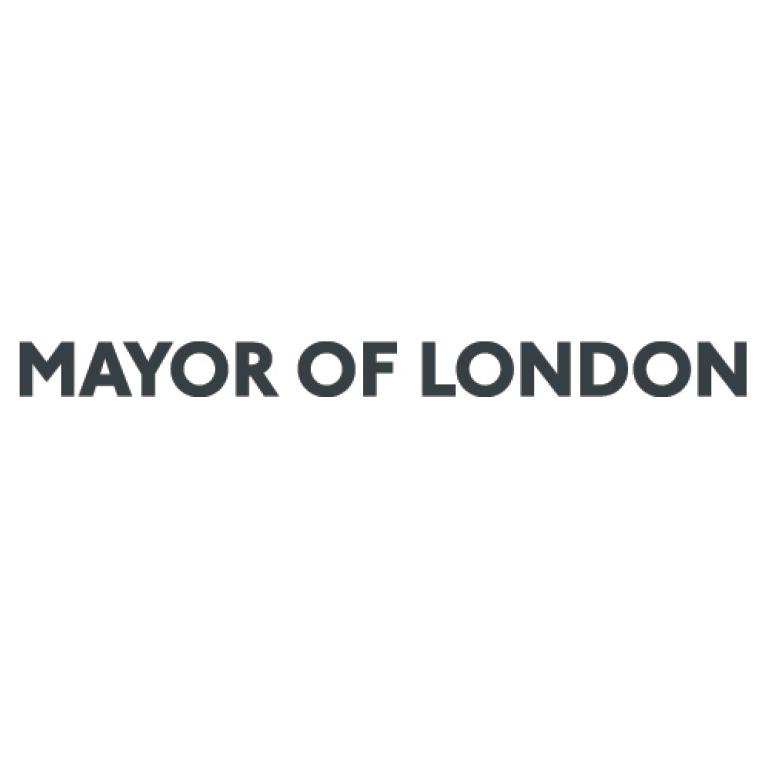
Tara Clinton from the Greater London Authority describes her role in the Infrastructure Coordination Team and her journey to get there.
Engineering in the public sector
Prior to joining the Greater London Authority (GLA) as an engineer in the public sector, I worked at Arup in London as a structural engineer. I've always had a passion for building design, studying Structural Engineering with Architecture at University College Dublin, Ireland. During my time at Arup, I worked on exciting projects with brilliant architecture firms like Renzo Pianos Building Workshop and gained the experience needed to get my chartership with the IStructE. Many of the projects I'd worked on were abroad, giving me the opportunity to travel and even do a short-term assignment for a few months in Australia.
Most people joining the programme have design-focused backgrounds and I really enjoyed the multi-disciplinary skillset the group brought together
For a number of years, I chaired the Urbanistas London Network – a female led multi-disciplinary built environment network spanning both the private and public sector. Through this network, I heard about Public Practice and joined the GLA via their Associate programme. Public Practice is a not-for-profit organisation which aims to disrupt the often overlooked and under-resourced role of local government in the complex challenges in society today. These values really resonated with me, especially during the Covid-19 pandemic.
In Public Practice, two cohorts of professionals join the programme each year and are placed in public sector roles. As part of the programme, we regroup every two weeks for a day of training and workshops to help enable that transition into a local authority environment. Most people joining the programme have design-focused backgrounds and I really enjoyed the multi-disciplinary skillset the group brought together.
GLA Infrastructure team
The Mayor of London, Sadiq Khan, set up the Infrastructure Coordination Service (ICS) to drive collaboration and innovation in the planning and delivery of London's infrastructure. The team has three interrelated service lines which range from on the ground delivery to the development of implementation strategies for London's Net Zero commitments. The ICS works very closely with industry, regulators and local authorities to tackle the most pressing barriers and opportunities facing the infrastructure sector, often acting as a neutral convenor whilst undertaking strategic stakeholder engagement.
As an engineer in the team, I've worked across all three service lines demonstrating the transferability of construction skills and project planning. During a working week at the GLA I could be working across policy and planning relating to long term strategies, as well as visiting contractors on site. Experiencing public sector procurement and consultant appointment has been particularly interesting coming from a private sector background.
Ways of working in the public sector
Equality, Diversity, and Inclusion is inherent across all our work at the GLA, which I'm very proud of. As a client body, we try to demonstrate these values by including EDI criteria in procurement.
I think there is a reputation that the public sector isn't as well paid as the private sector, which is untrue for anyone transferring via engineering roles. Places like the GLA offer competitive wages and an excellent work-life balance, together with opportunities for progression.
Values and motivations
In my previous role as a design structural engineer, I was focused on everything within the 'red line boundary' on projects and over the past two years I've developed an appreciation of everything beyond that. Even beyond the physical infrastructure systems and how they work at different scales, the role of planning and policy in cities has been very eye opening – particularly in terms of mechanisms for change.
The influence and convening power of the public sector and the GLA has also been an interesting learning curve
As a structural engineer in the public sector, I am often the only technical person in the room. Although initially this was slightly overwhelming and required a shift in communication style, I now find this to be advantageous as construction and project delivery input can have a lot of influence on a project and bring real value to a team.
The influence and convening power of the public sector and the GLA has also been an interesting learning curve. London has committed to be Net Zero by 2030, and it won't be achieved by companies or sectors as individual actors – collaborative working, knowledge sharing, cross-sector innovation will all be part of our shared future.
By Tara Clinton, Senior Technical Officer (Infrastructure Coordination Team), Greater London Authority

Read more career advice
- In conversation with… Lucy Miller at Buro Happold
- What’s it like as a structural engineer abroad?
- Best practice guidance on securing a place on a graduate programme
